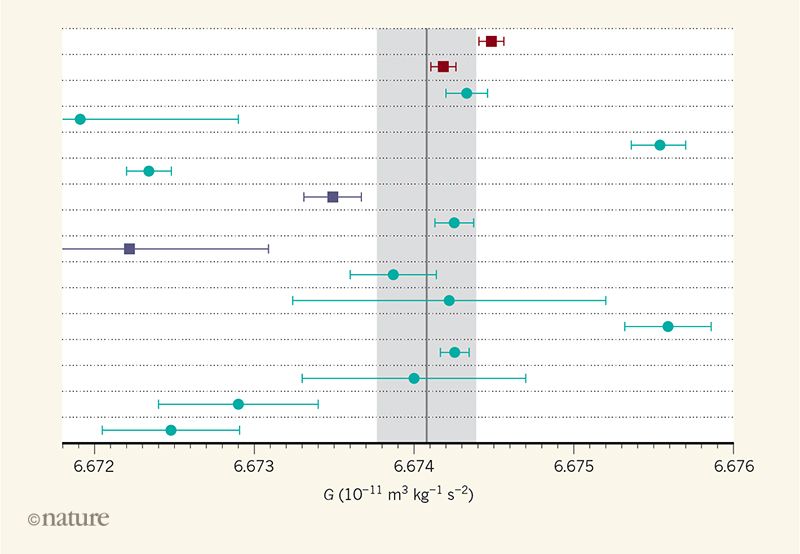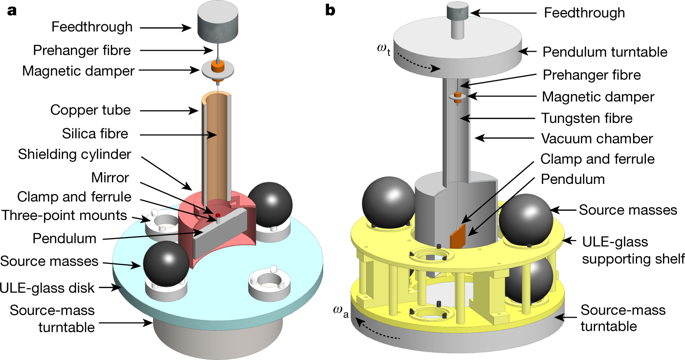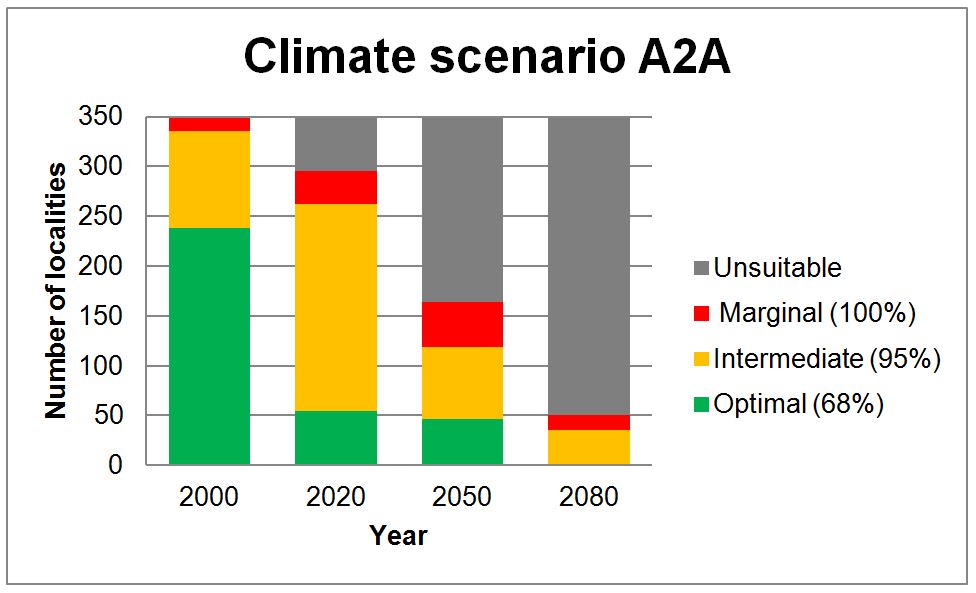New equipment for the measuring the gravitational constant G is reported by Li on Nature using two techniques TOS and AFF.
As we all have studied in High school science class or physics class, the reason that an apple will fall from trees, a rocket needs to thrust hot air to the ground to take off and even how can astronauts can ‘fly’ in the middle of air all have to do with gravitational constant G. The gravitational acceleration is often been mistaken as gravitational constant just as mistaking gravity as the only gravitational force. The gravitational force is the attractive force between any two objects and the force is proportional to the weights of the two objects(assume the distance is a constant) and this proportion is the G. Just like the most common noticed gravitational force we are experiencing, gravity, is actually the attraction between us or an object with earth.
Nowadays, even though there are still some strong arguments on G should not be treated as a constant, it is generally been accepted that Newton’s law of universal gravitation is ‘true’ and gravitational constant can be measured. Starting from this point of view, getting an accurate gravitational value is crucial since this value has been used for lots of daily life technology and precise aerospace calculations in astronomy.

Uncertainties of current and previous experiments. Made by Stephan Schlamminger
This passage will compare the traditional way of measuring G and a new improved way of doing it developed by a research group lead by Qing Li. The measurement of G is affected by lots of factors such as air, magnetic field and more importantly other objects that are near the equipment. For the reason of presenting so much factors, the uncertainty of the results is very large as reported by Mohr the uncertainty is 47 parts per million. While in Li’s group, they achieved recorded the smallest uncertainty of 14 parts per million while the largest uncertainty is 550 parts per million larger.
In the early days, the first successful measurement of G was done by Cavendish in 1798 and the part that is hanged by string is two connected spheres in a dumb-bell shape as you can see from the video below.
But in Li’s group, they built a “two plate-containing torsion balances” which uses two plates to replace the spheres to improve the precision. Also what worth mention is they used a fused silicon dioxide (silica) fibers with high-quality factor of the torsional oscillation mode (Q) to reduce the anelastic effect. And with all the other improvements together they managed to obtain the smallest uncertainty.

The instruments made by Li’s team. Source
This experiment can potentially benefit a lot of area of work by providing a more accurate fundamental constant value. The accuracy of work and research from the benefited field can also be improved.



